Barbadillo Manzanilla - Refeshing Summer Drink
Saturday, August 30, 2025
From the sun-drenched vineyards of Sanlúcar de Barrameda in Andalusia, Bodegas Barbadillo has been crafting a legacy for over two centuries. Founded in 1821 by Benigno Barbadillo, this family-owned winery has become a true icon of Spanish winemaking, celebrated for its quality, tradition, and a certain fizzy cocktail that captures the very essence of southern Spain: the Rebujito.
Barbadillo's story is inextricably linked to the unique microclimate of Sanlúcar de Barrameda, a coastal town where the Atlantic influence and the famous "poniente" sea breeze create the perfect conditions for aging Manzanilla. Manzanilla is a type of fino sherry distinguished by a layer of yeast, known as "flor," which imparts a crisp, salty, and nutty character to the wine.

Barbadillo was a pioneer in this field. In 1827, the winery became the first to ship a bottled Manzanilla, a wine that would soon become its flagship product and a benchmark for the entire region. Their iconic Manzanilla Solear is a testament to this heritage, known for its bright salinity and elegant depth.
Beyond its world-renowned sherries, Barbadillo has also been at the forefront of innovation. In 1975, they launched "Castillo de San Diego" (now rebranded as Barbadillo Blanco de Albariza), which became one of the best-selling white wines in Spain. This success story, along with a focus on producing quality reds and rosés, has solidified Barbadillo's position as a leading name in Spanish wine, both locally and internationally.
While Barbadillo produces a wide range of exquisite wines, it is perhaps most famous among the general public for its connection to Rebujito. This refreshing, low-alcohol cocktail is the unofficial drink of the Andalusian "ferias," or festivals, particularly the famous Feria de Abril in Seville. The Rebujito's popularity stems from its ability to offer a crisp, cool respite from the hot sun, making it the perfect accompaniment to dancing, socialising, and enjoying tapas.
The foundation of a great Rebujito is a high-quality Manzanilla or Fino sherry. The light, dry, and slightly salty notes of Barbadillo's Manzanilla Solear make it a perfect base. The cocktail's simplicity is its genius, combining the complex flavours of sherry with the zesty kick of a lemon-lime soda.
The Authentic Rebujito Recipe
Creating a Rebujito is easy and quick, making it ideal for sharing with friends. While some people eyeball the ingredients, the traditional ratio is a perfect balance.
 - Copy 1.jpeg)
Ingredients:
1 part Manzanilla (Barbadillo Manzanilla Solear is the classic choice)
2 parts Lemon-lime soda (Sprite or Seven Up are common)
A handful of fresh mint leaves
Plenty of ice
Instructions:
Fill a large jug or glass with plenty of ice.
Pour in the Manzanilla.
Top up with the lemon-lime soda
Gently crush the mint leaves to release their aroma, then add them to the jug.
Stir and serve immediately.
For an extra touch, you can garnish with a slice of lemon. This simple concoction is more than just a drink; it's a taste of Andalusian culture and a celebration of life.
Barbadillo is a staple in Spanish households and bars, and its wines are widely accessible. The average price for a bottle of Barbadillo's flagship Manzanilla Solear in Spain typically falls between €5 and €8. Other wines, like their Barbadillo Blanco de Albariza, are similarly affordable, often found in the €4 to €6 range.
This accessible price point, combined with the brand's reputation for quality, has made Barbadillo a consistent bestseller and a source of pride in its home country. Its popularity is not just due to its value, but also to its versatility, making it the perfect bottle to pair with a wide variety of Spanish cuisine or to simply enjoy on its own.
In essence, Barbadillo is more than just a winery; it's a cornerstone of Spanish tradition, and a sip of its wine, whether as a Manzanilla or a Rebujito, is a direct connection to the vibrant spirit of Andalusia.
 1
Like
Published at 8:53 AM Comments (1)
1
Like
Published at 8:53 AM Comments (1)
Beautiful villages to visit this summer
Saturday, August 23, 2025
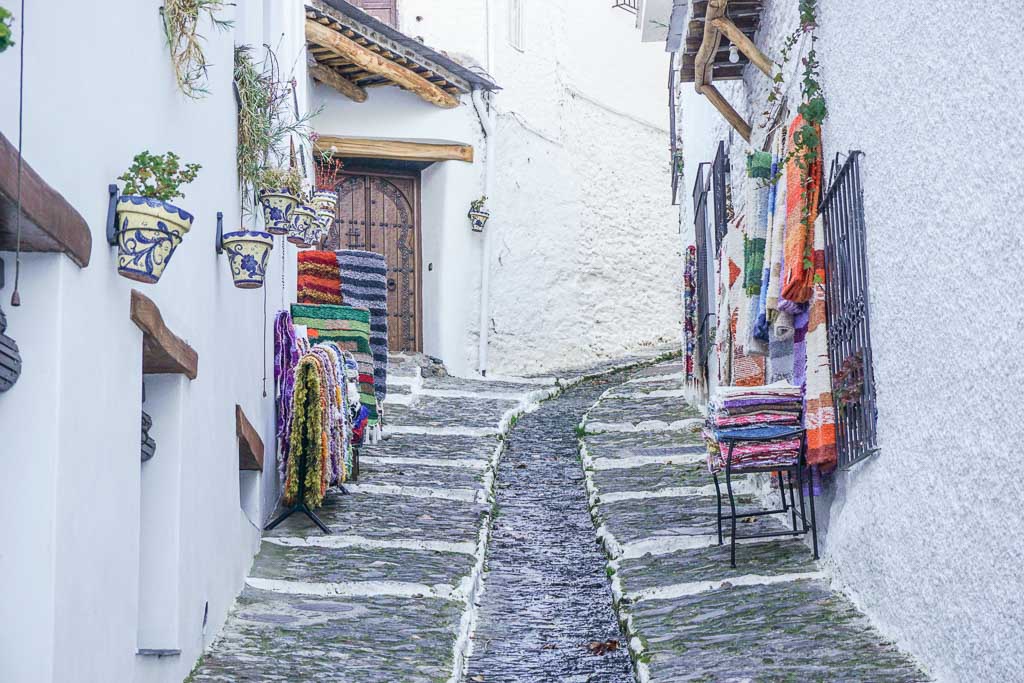
This summer, while searching for the most beautiful villages in Spain, I bypassed the usual "Top 10" lists. Instead, this selection focuses on some of Spain's lesser-known, yet equally stunning, hidden gems. These are the towns that offer an authentic glimpse into Spanish life, boasting unique history, breathtaking landscapes, and an undeniable charm that's often missed by the mainstream tourist trail...
Lastres, Asturias
In Asturias, there are idyllic coastal spots such as Tazones or Ribadesella, for example, but Lastres is really special. It's a 16th-century whaling district, its typical houses perched on the cliff and the walk descending from the top of the town to the port are unmissable.
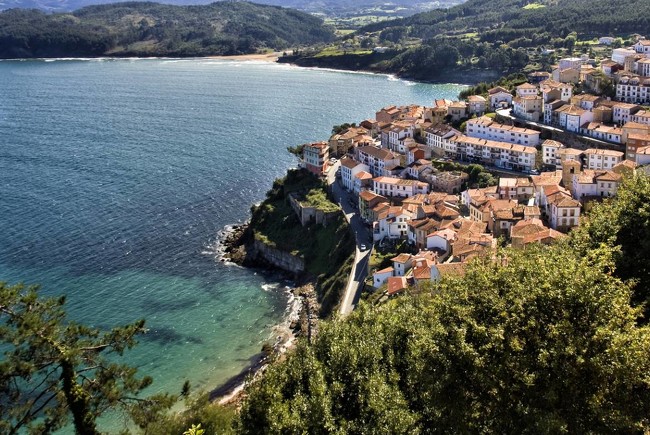
Frigiliana, Malaga
There are so many white villages in Andalusia that are worth visiting that a list would have to be made just for them. Frigiliana serves as an example, located in the region of Axarquia, which preserves one of the most valuable historical centres of Arab origin in Spain.
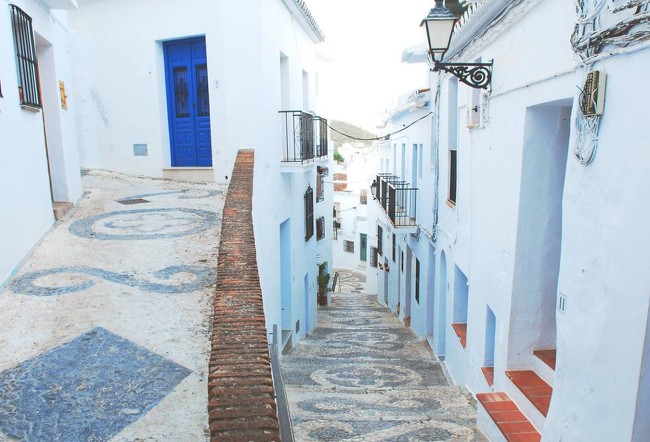
Frias, Burgos
This small town hanging from a rock in the province of Burgos is worthy of being a movie location. Located in the heart of the Montes Obarenes Natural Park, its panoramic view is impressive.
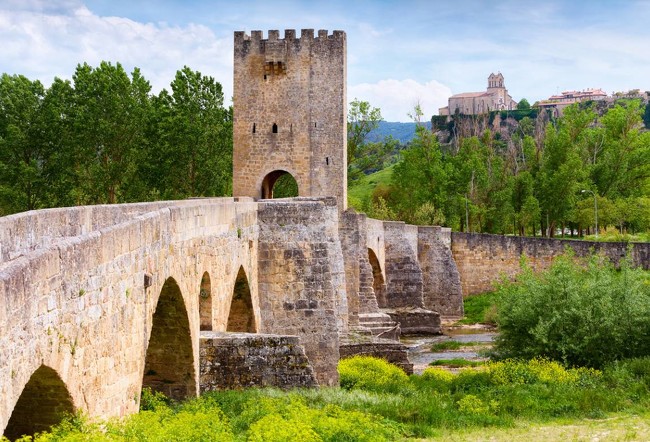
Besalu, Girona
I could have chosen Cadaqués or any of the towns that make up the so-called Garrotxa region, all of them worthy of entering this list, but Besalú is a magnificent representation of the beauty of the entire province of Girona. It has one of the best preserved medieval ensembles in Catalonia. In fact, it was declared, in 1966, a historical-artistic complex due to its great architectural value, and it is enough to see a couple of photos to know that you have to set foot on its streets at least once in your life.
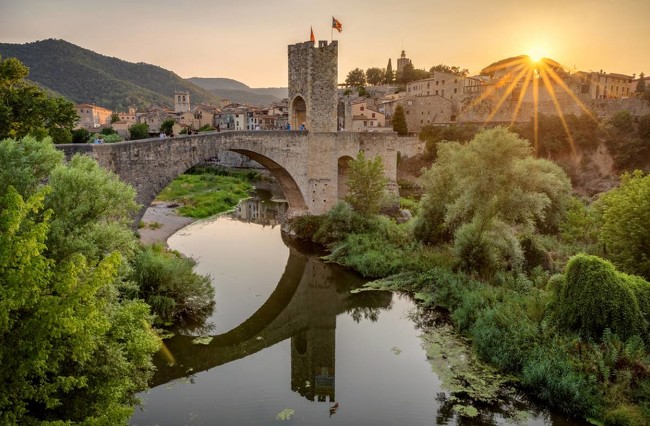
Fornalutx, Majorca
If you are lucky enough to travel to Mallorca soon, you have to give up at least one day on the beach to enjoy the Tramuntana mountains and the idyllic villages located in its heart. Dèia, Sóller and, above all, Fornalutx make up a wonderful enclave. The latter is quiet, with its characteristic stone-carved buildings and surrounding orange and lemon trees.
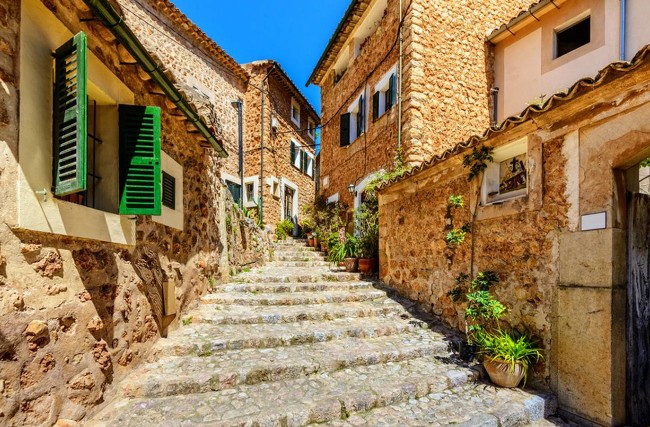
Comillas, Cantabria
Santillana del Mar, Potes, Bárcena Mayor… The list of must-see towns in Cantabria is very long but I opted for Comillas for its location and the unique beauty of its peculiarities. And there are few places where you can see Gaudí's work outside of Catalonia, Comillas is one of them, surely the best.
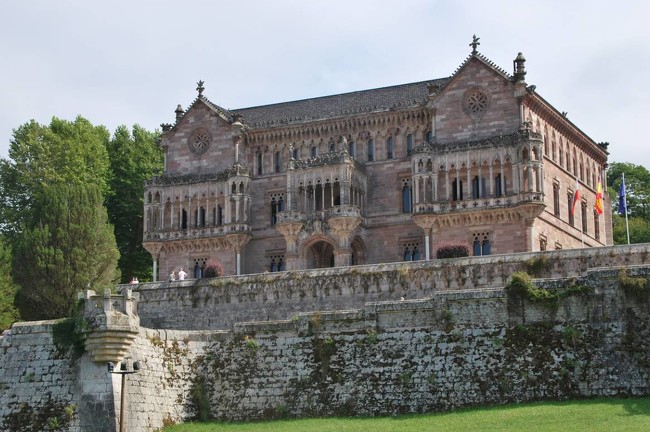
Alcala del Jucar, Albacete
In a quiet area of the province of Albacete, close to the province of Valencia, is this beautiful town embedded in a rock that forms the gorge of the Júcar river. It is a surprising place of unexpected beauty since its location gets "little media coverage".
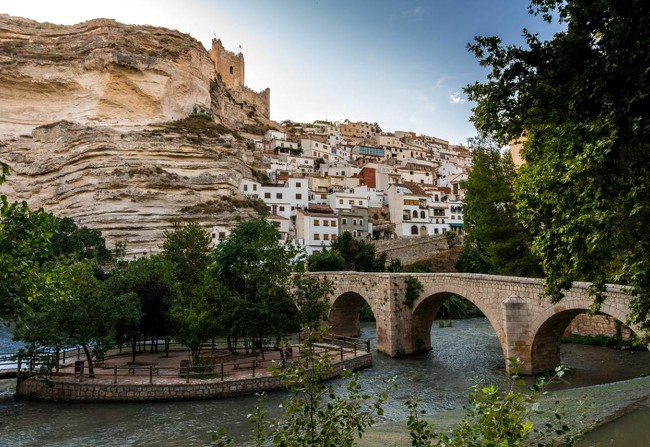
Vejer de la Frontera, Cadiz
Next to the famous Cadiz coast, the town of Vejer de la Frontera overwhelms with its white beauty. Its elevated location with respect to the environment already catches you as you approach it, and its tangled streets conquer you as soon as you let yourself get lost in them. It is, without a doubt, a must-see that is well worth giving up a day at the beach for.
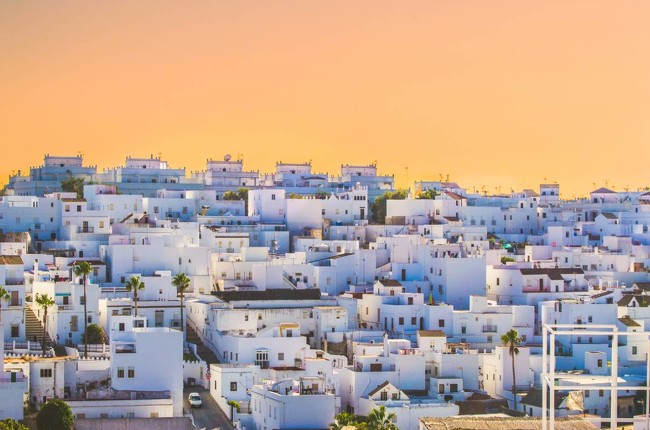
Allariz, Ourense
This Galician town is little known because it is not usually included in the list of the most beautiful towns in Spain, but it is one of those unique corners that the interior of Galicia offers. And above all it is because of its idyllic location and how well the architecture has adapted to the environment, letting it be the protagonist. Surrounded by chestnut forests and on the banks of the Arnoia River, this town with a medieval layout is a mandatory stop if you travel to Galicia.
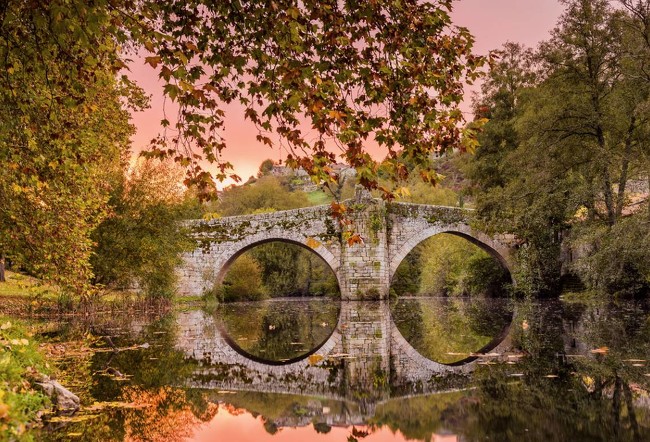
Laguardia, Alava
In the heart of Rioja Alavesa, surrounded by vineyards and wineries that offer a unique landscape, is the town of Laguardia, already in the province of Álava. Located on a hill, and surrounded by a great wall, it is a must stand just a stone's throw from Logroño.

 1
Like
Published at 8:13 PM Comments (0)
1
Like
Published at 8:13 PM Comments (0)
Discover Menorca's Talayots this Summer
Friday, August 8, 2025
There was a civilisation on the Balearic Island of Menorca which built strange stone constructions known as talayots, taulas or navetas throughout the 1st millennium B.C. It is fairly easy to follow a route around the island to visit these wonders. A good starting point would be the Biniai Nou megalithic tomb. The Me-1 road linking the cities of Mahon and Ciutadella is the central backbone that crosses Menorca from one end to the other. Five kilometres from Mahon, a trail to the right leads to two hypogeal that give rise to the monument. The oldest human remains in Menorca were found here (2300-2200 B.C.).
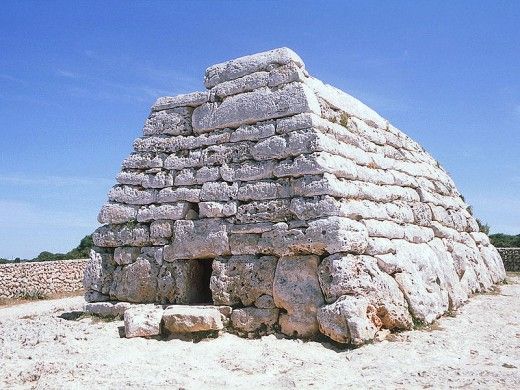
Returning to the Me-1, you can head back 1 kilometre to the turn-off for the town of Talatí de Dalt. The highlights here are the monumental taula and several megalithic caves. Next is the Calescoves necropolis, located around 8 kilometres away on the southern coast, in two rocky coves which were a jetty in the Roman and Byzantine periods (towards the 6th century A.D.) here there is a set of one hundred caves that were used as a burial ground.
Not so far away is So na Cassana, where we can find the ruins of a religious complex and, along the same road around 2 kilometres down, is the Talayotic settlement of Torralba d’en Salort with its splendid megalithic monuments, several talayot, a hypostyle hall and numerous caves.
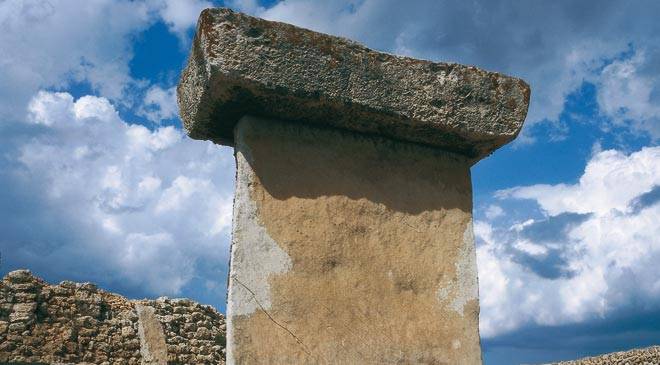

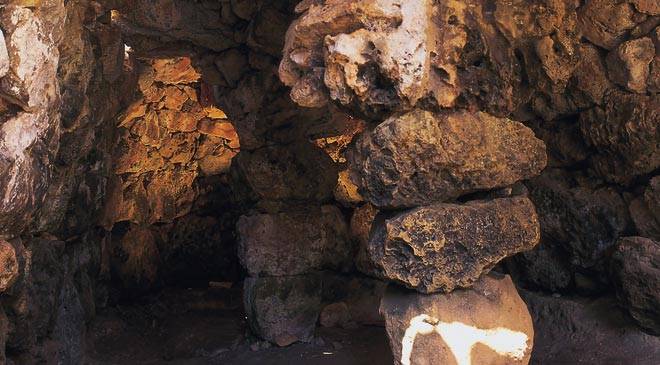
If you continue on, you will come across the town of Alaior. It is worth making a stop here to visit the picturesque nooks and streets with their traditional white limestone Menorcan houses. Next, we take the Son Bou road and, after the Galmés Tower, there are a further two monuments.
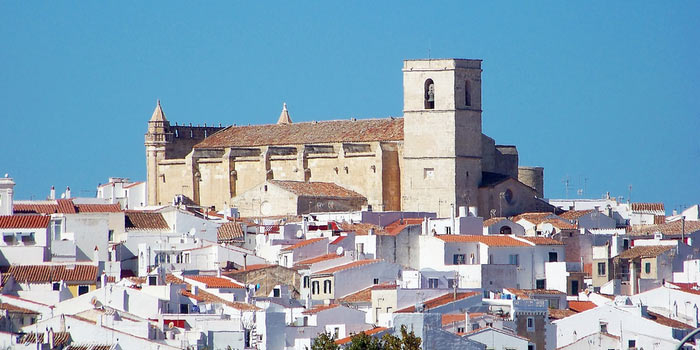
These are the megalithic tomb of Ses Roques Llises and, the most important site, the Talayotic settlement of Torre d’en Galmés, the largest on all the Balearic Islands where we get a better view of what these types of settlements were like.
From here we head into the heart of the island, still on the Me-1. Forests and farmland, which use the traditional dry stone walls for separation, line the route.
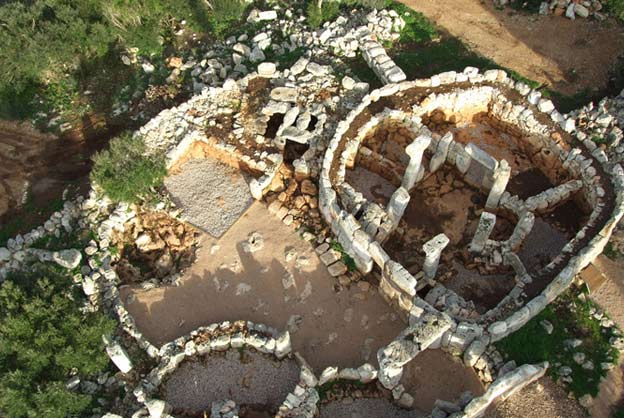
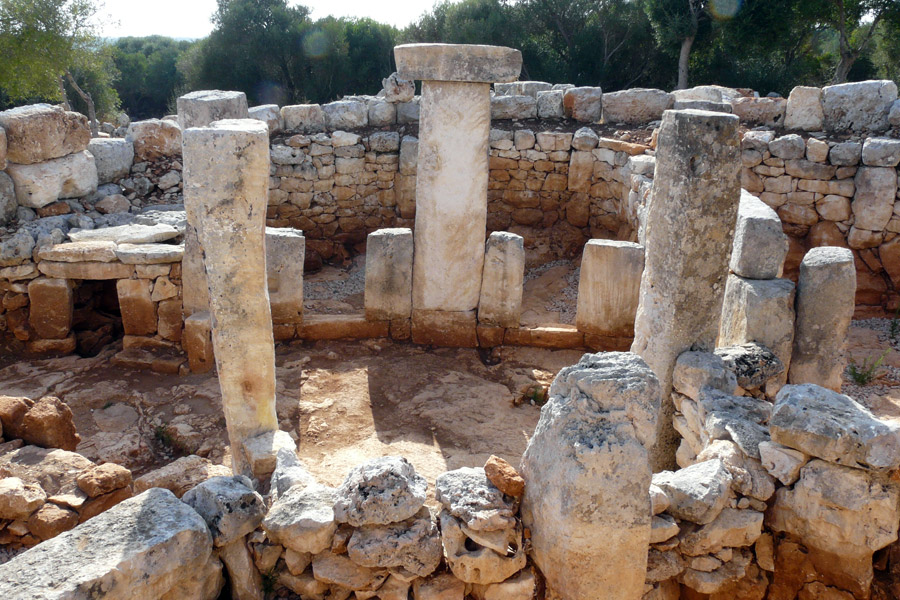
We head through the towns of Es Mercadal (7.5 kilometres), located alongside the Mare de Déu de Toro mountain and shrine, the highest peak in Minorca, and Ferreries (7 kilometres). Here we need to take the road to Es Migjorn Gran to shortly afterwards take the turn-off leading to the Talayotic settlement of Son Mercer de Baix (3 km). The examples of navetas still standing are magnificent.
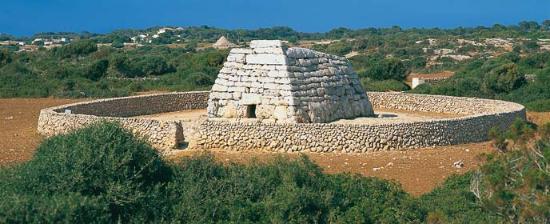
The next stop is the Naveta des Tudons, a splendid funereal monument and one of the best-preserved and most visited on the island. To get here, we need to return again to the Me-1. At kilometre 40 (5 km after Ferreries), a 1-km deviation on the left leads directly there.
Finally, and after getting to Ciutadella on the western coast of the island, the Son Saura road leads you to the Talayotic settlement of Son Catlar around 6 kilometres on, which stands out for its large 800-metre long wall.
 1
Like
Published at 7:20 PM Comments (0)
1
Like
Published at 7:20 PM Comments (0)
Pure Nature - Beceite
Saturday, August 2, 2025
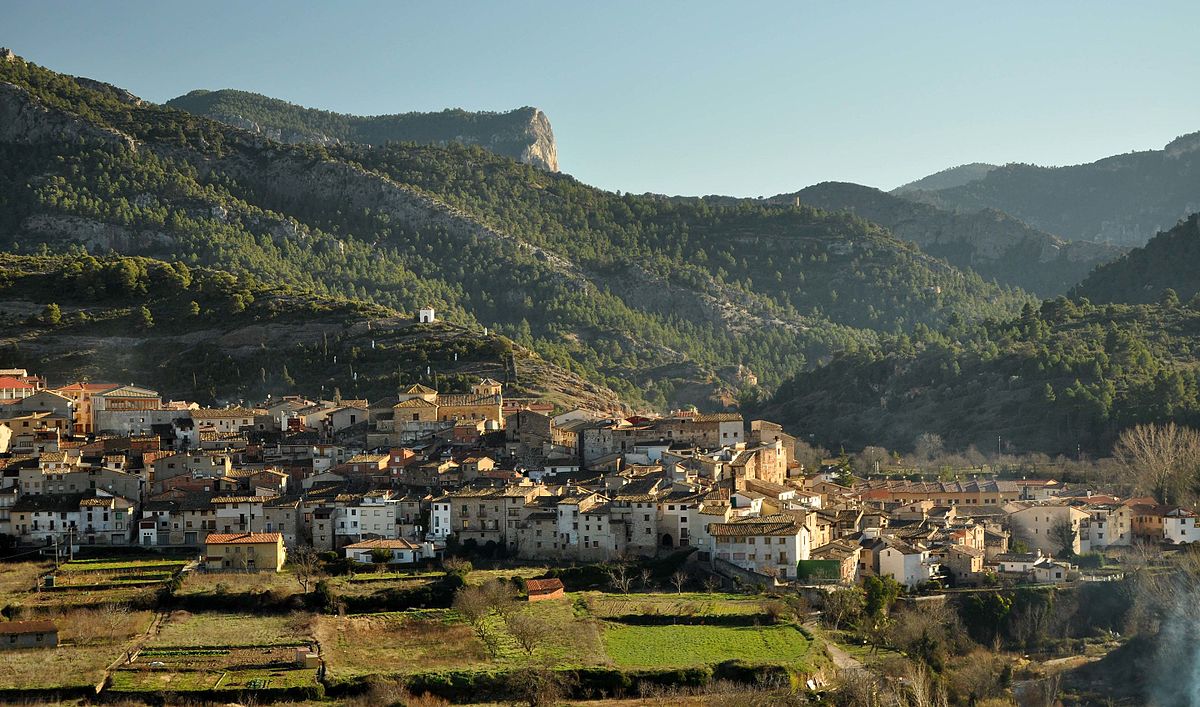
To the northeast of the province of Teruel, stands the small town of Beceite, surrounded by mountain ranges and a privileged setting. Even nature itself crosses the town with the Matarrañana riverbed, leaving waterfalls and natural pools in its wake along the streets of the town. The region of Matarraña is one of the coolest to enjoy the summer in Aragon.
The deposits found in Beceite show that the area was inhabited since the Bronze Age, while two sections of the Roman road that linked the towns of Dertosa and Caesaraugusta, currently Tortosa and Zaragoza, are still preserved from Roman times. In addition, since the Middle Ages, the town was known for its clean waters and its good location.
Starting in the 18th century, Beceite experienced a period of splendour thanks to its paper industry. In this way, he became one of the main producers of paper in Spain, even manufacturing it for the Royal Mint and for the Royal Tapestry Factory, where Francisco de Goya painted some of his creations.
The well-cared-for historic centre of Beceite is a reflection of its long history. Some constructions stand out here, such as the paper mills, where this material was manufactured by hand; the 15th-century stone bridge that crosses the river, or the church of San Bartolomé, a baroque work carried out between the 17th and 18th centuries.
In addition, we do not have to move very far from the centre of the town to enjoy the nature of the place, since next to the streets, the course of the Matarrañana River gives us refreshing natural pools where we can bathe and escape the heat.
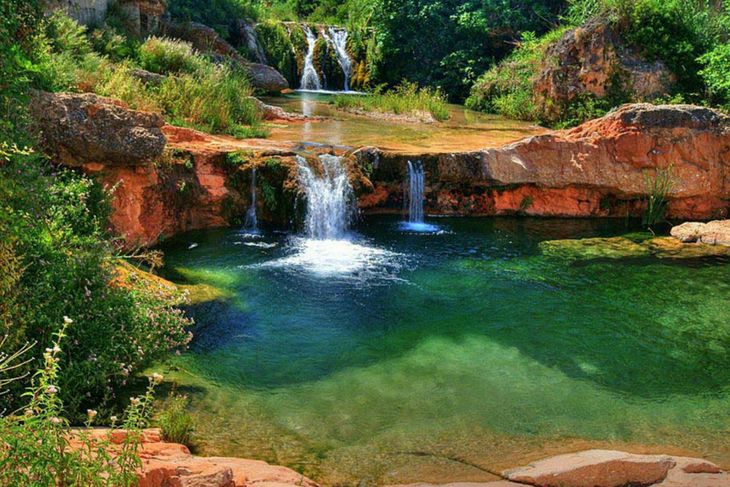
Here we find the Font de la Rabosa, a series of shallow pools and waterfalls created by the erosion of water in the limestone rock. And following the course of the river a few meters further south, we encounter another river pool that is much larger and better adapted for bathing.
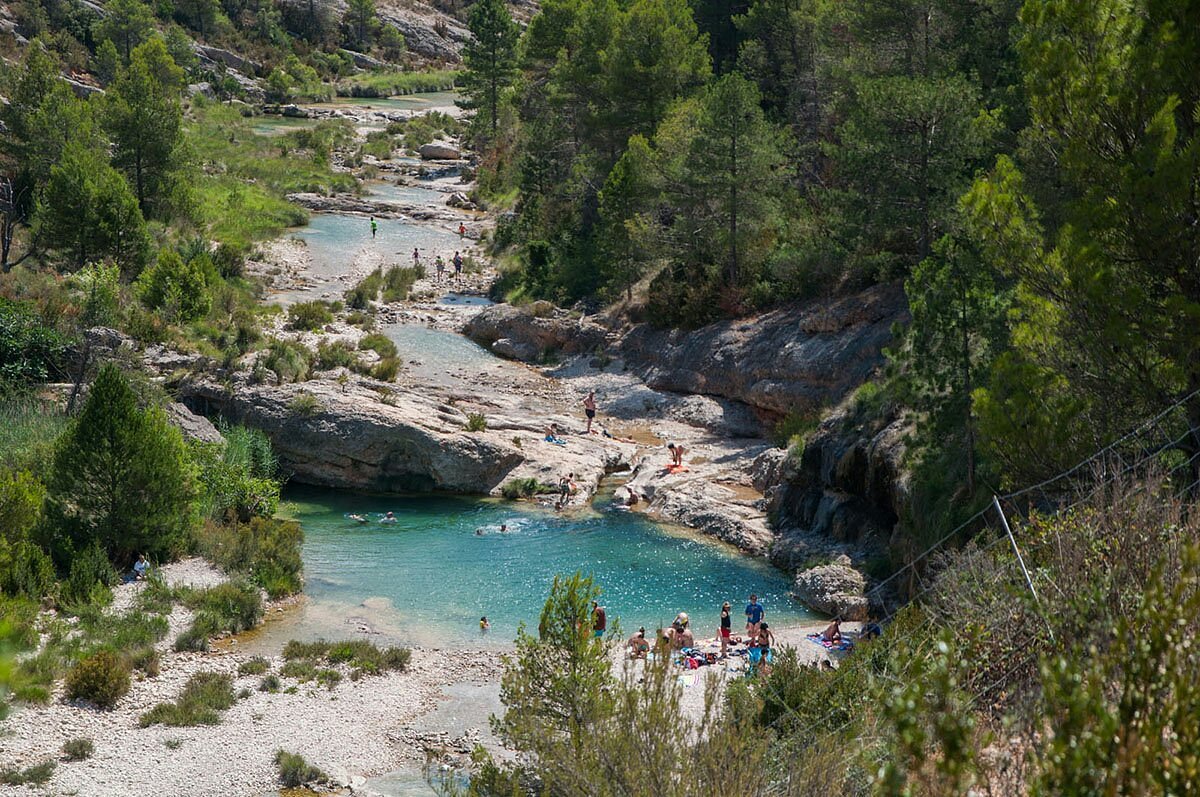
On the other hand, if we want to enter a much more natural environment, less than 20 minutes from the town we will come across the spectacular landscape of Parrizal, located within the Puertos de Beceite, a mountainous massif crossed by rivers and ravines.
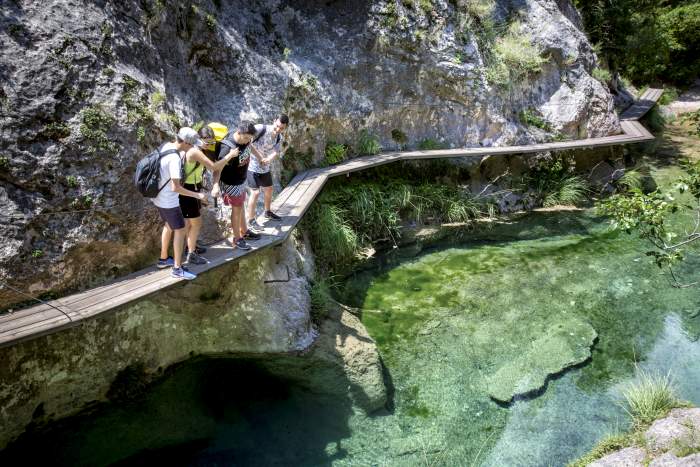
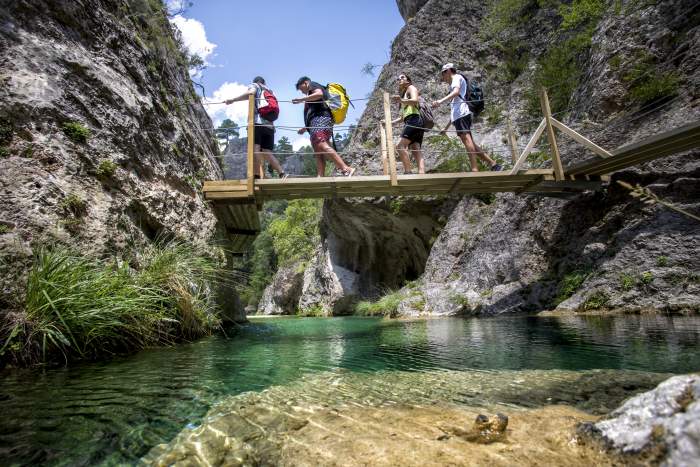
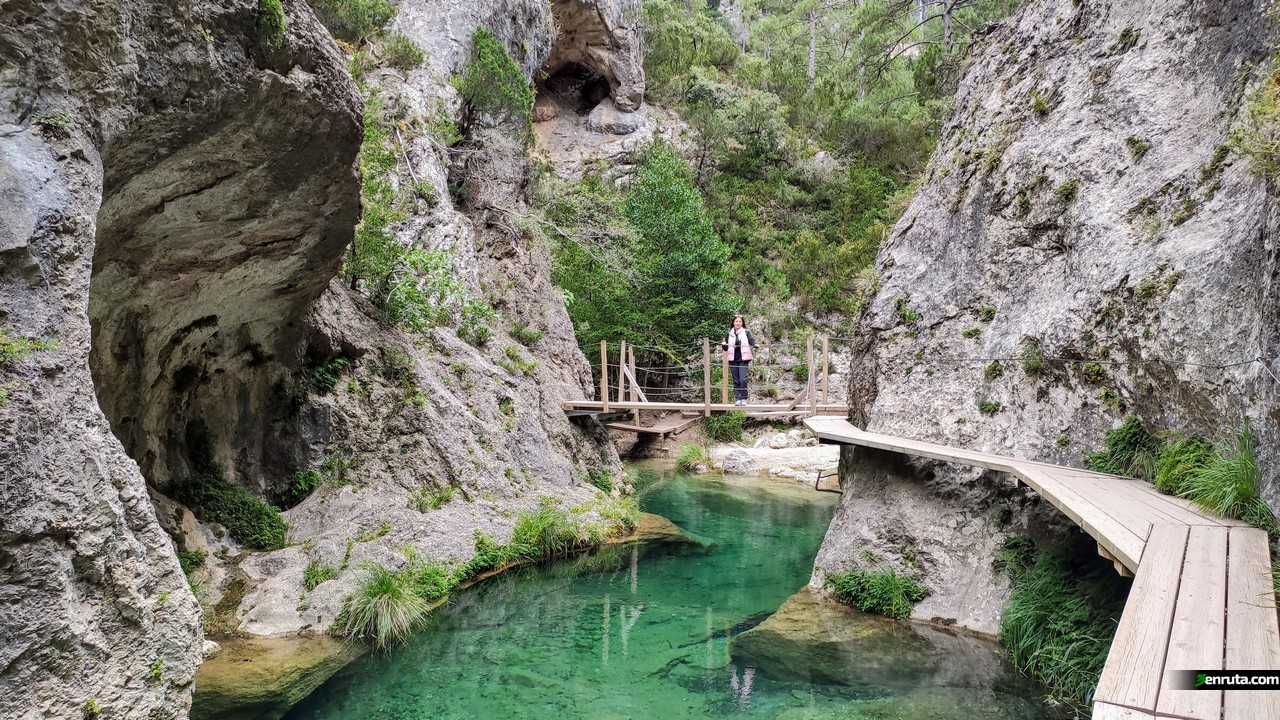
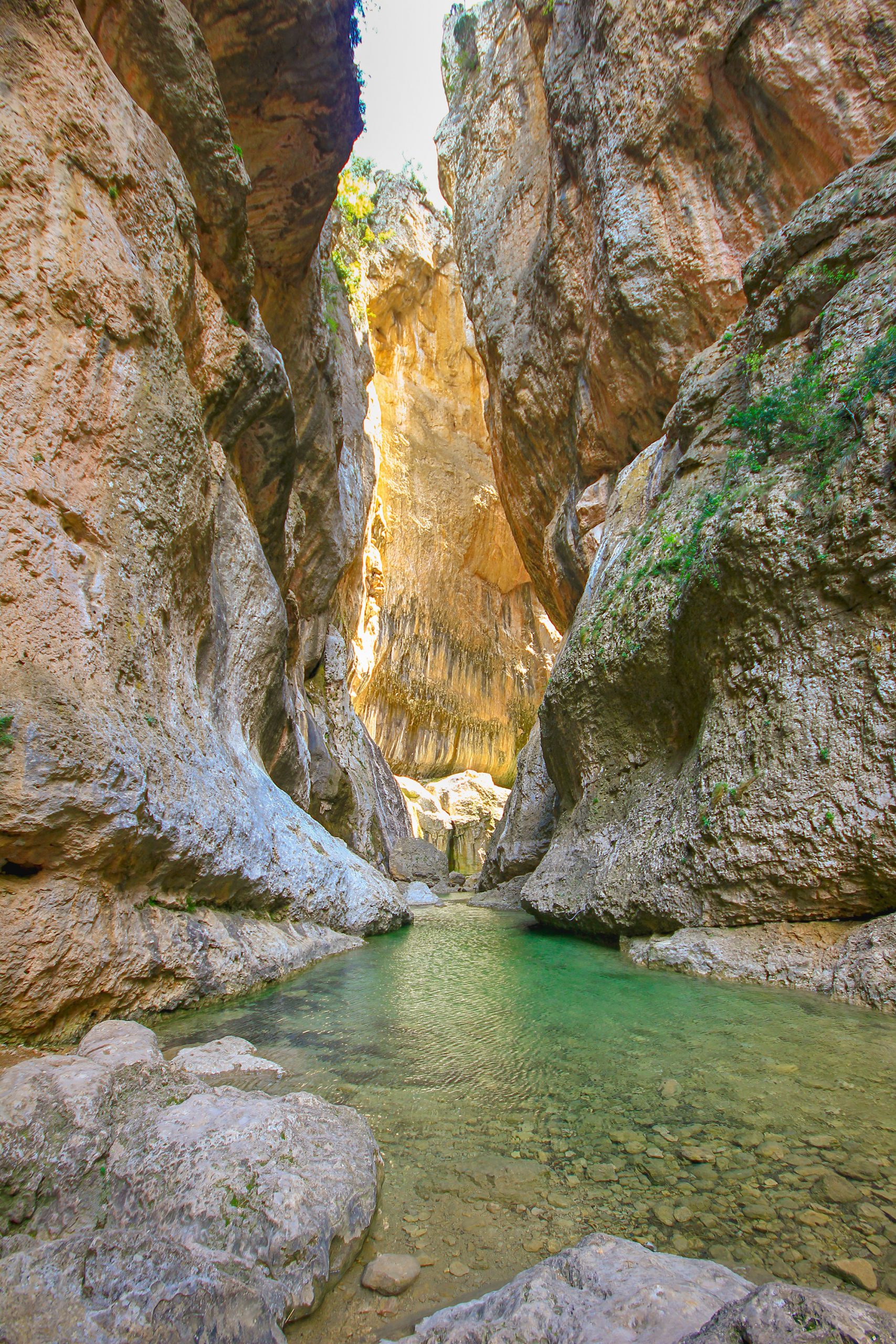
We will be able to explore this enclave through a hiking route that begins very close to the town and runs parallel to the Matarraña riverbed, which we will cross by means of footbridges built over small pools. The crossing ends at Los Estrechos, where the waters of the river slip between imposing 60-meter-high walls and stone needles named Les Gubies.
 1
Like
Published at 1:35 AM Comments (1)
1
Like
Published at 1:35 AM Comments (1)
Spam post or Abuse? Please let us know
|
|